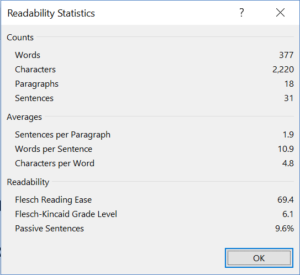
(Photo by Matthew Zabel)
We learned about the obstacles to communication in early communication classes.
Writers or speakers send their messages through filters that are created by their life experiences and how their minds work. Readers or listeners hear those messages through other filters that are formed by their life experiences and how their minds work.
You must shape the message to fit the hole you’re trying to fill. Then those teachers often stole a cliché about square pegs and round holes.
Understanding the concept is simple. Applying it is tough.
I’ve been inspired by two people I heard speak at a Ragan Communications workshop a few years back – Mark Buchanan https://www.linkedin.com/in/markbuchanan1/ from Cisco and Steve Crescenzo https://www.linkedin.com/in/stevecrescenzo/ , of Crescenzo Communications.
With an emphasis on short words and sentences, Mark helped transform the internal communications at Cisco. I figure if you can simplify communications at a technology company, then I have no excuse. Mark and his team made that happen.
In a similar vein, Crescenzo gets right to the point. Clear and simple is his message.
So how do you do that?
Use small words
One syllable words are great. Don’t believe the lie that bigger words make you sound smarter. They don’t. If you don’t believe me, read this 2005 study by Princeton researcher Dan Oppenheimer “Consequences of Erudite Vernacular Utilized Irrespective of Necessity: Problems with Using Long Words Needlessly” http://onlinelibrary.wiley.com/doi/10.1002/acp.1178/pdf
Use short sentences
Typically, the longer the sentence the more likely it will confuse a reader. Vary the sentence length a bit, but keep them tight. If your sentence is more than 30 words, try to break it into two shorter sentences.
Convey only one or two facts in each sentence
This also helps keep your sentences short. Often sentences get too long because writers try to cram too much information into one sentence. Give the reader plenty of opportunities to breath, and they won’t give up on your piece early.
Use readability tools to check your work
Microsoft Word provided some readability tools. They aren’t turned on by default, but they are easy to turn on. https://support.office.com/en-us/article/Test-your-document-s-readability-85b4969e-e80a-4777-8dd3-f7fc3c8b3fd2
Here are my stats from this post:

